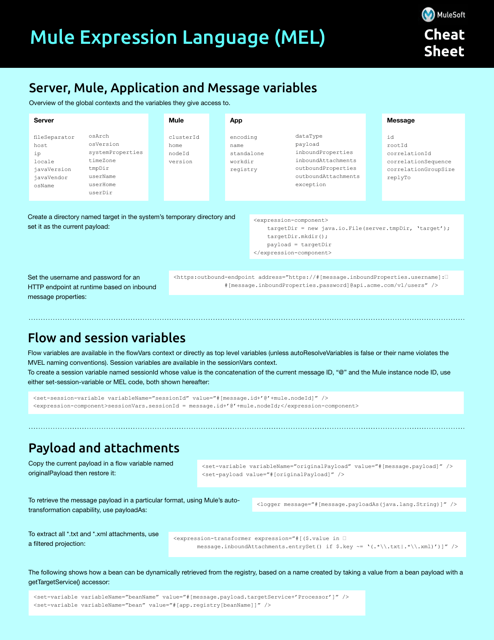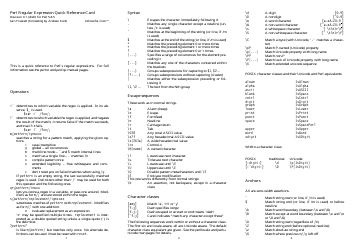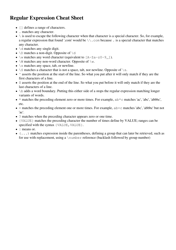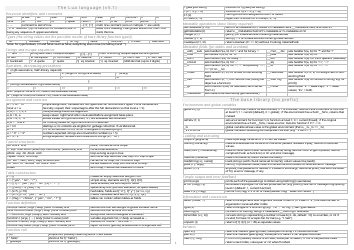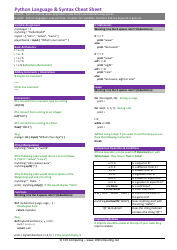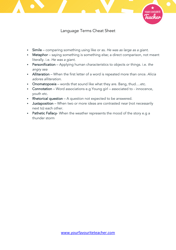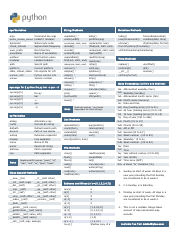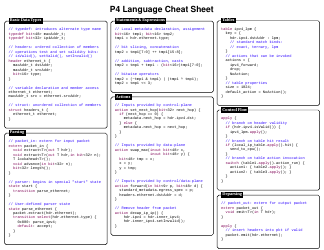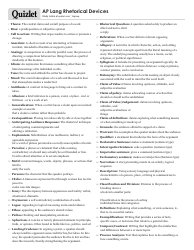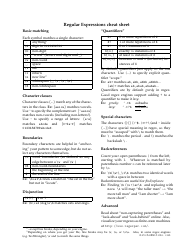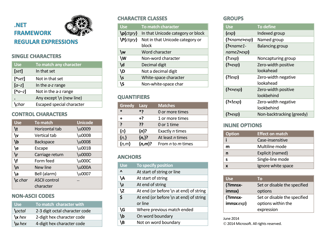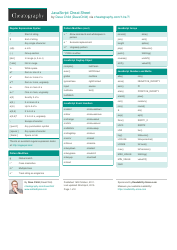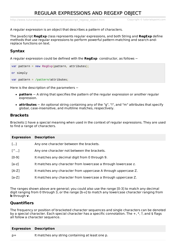Mule Expression Language (Mel) Cheat Sheet
The Mule Expression Language (MEL) Cheat Sheet is a reference guide that provides a quick and handy overview of the different syntax and functions available in MEL. It helps developers using MuleSoft's Mule runtime to quickly look up and use MEL expressions in their integration projects.
FAQ
Q: What is Mule Expression Language (MEL)?
A: Mule Expression Language (MEL) is a simple and powerful expression language used in MuleSoft for accessing and manipulating data within a Mule flow.
Q: What can MEL be used for?
A: MEL can be used for data manipulation, accessing message properties, flow control, variable assignment, and many other purposes in MuleSoft applications.
Q: How do you access a message payload in MEL?
A: To access the message payload in MEL, you can use the payload keyword.
Q: How do you access message properties in MEL?
A: To access message properties in MEL, you can use the message keyword followed by the property name.
Q: Can MEL be used for conditional statements?
A: Yes, MEL supports conditional statements such as if and else.
Q: Is MEL case-sensitive?
A: No, MEL is case-insensitive, so you can use uppercase or lowercase letters interchangeably.
Q: Can MEL be used for iterating over collections?
A: Yes, MEL provides support for iterating over collections using foreach and until statements.
Q: Are there any built-in functions in MEL?
A: Yes, MEL provides a variety of built-in functions for string manipulation, date and time operations, mathematical calculations, and more.
Q: Is MEL specific to MuleSoft?
A: Yes, MEL is specific to MuleSoft and is not used in other programming languages or frameworks.
